



In India, access to safe and sufficient water is determined more by arbitrary per capita requirements than by scientific necessity. These standards influence planning and investment; yet, they frequently lack empirical validation or equitable implementation methods.

Copyright infringement not intended
PC: The Hindu
The per capita water supply standard in India is an essential yet arbitrary criterion that governs daily water distribution to individuals, impacting urban planning and infrastructure investments. Notwithstanding its extensive application, it lacks empirical substantiation.
|
Concept of Per Capita Water Standard The anticipated daily water requirement of each individual is determined by the per capita water standard, which is expressed in liters per capita per day (lpcd). It serves the following purpose: Determine the amount of domestic demand in urban areas.Provide a rationale for infrastructure investments, such as water pipelines and dams.Evaluate the extent of overconsumption or shortagesInfluence the transfer of water from pastoral to urban areas |
|
Computation and Impact |
- Helps compute a city's domestic water demand using population figures - Serves as a benchmark for assessing shortages and overconsumption - Guides future investments in water supply - Influences resource distribution, often diverting water from rural to urban areas |
|
Setting Standards |
- Agencies Involved: Bureau of Indian Standards (BIS), CPHEEO, local authorities (e.g., Mumbai, Delhi) - CPHEEO Standards: 150 lpcd (megacities), 135 lpcd (others) - Jal Jeevan Mission: 55 lpcd - All standards lack empirical justification |
|
Influence on Urban Planning |
- Per capita standards impact the design and cost of water supply schemes - CPHEEO mandates adherence to these standards for scheme approval - Affects financing and implementation of projects |
|
Impact on Water Policy and Infrastructure |
- Urban water schemes rely on standards (e.g., AMRUT, Smart Cities Mission) for central funding. - CPHEEO standards are followed without question to obtain technical approvals. - Engineers and consultants design projects to meet standards, not actual needs. - Cities selectively apply multiple standards to suit funding and design requirements. - Example: Mumbai used 150 lpcd in Gargai Dam DPR to align with CPHEEO norms, though actual usage is ~240 lpcd. |
|
No Monitoring or Accountability |
- Per capita supply standards are rarely verified in practice. - Key implementation challenges: • Lack of household and bulk metering • Unisolated supply zones hinder flow measurement - MoHUA's service level benchmarks include per capita supply but are only assessed at the city level, not household level. - Leads to a disconnect between planning assumptions and real-world delivery. |
|
Consequences of the Arbitrary Standard |
- Citizens may be deprived of their fair share of water despite large infrastructure investments. - Rural areas may face water shortages due to diversion for urban needs. - Planning not based on data or actual needs leads to inefficiency, wastage, and inequity. - Standards serve as tools for budget justification, not for ensuring water justice. |
SOURCE: The Hindu
|
Practice Question |
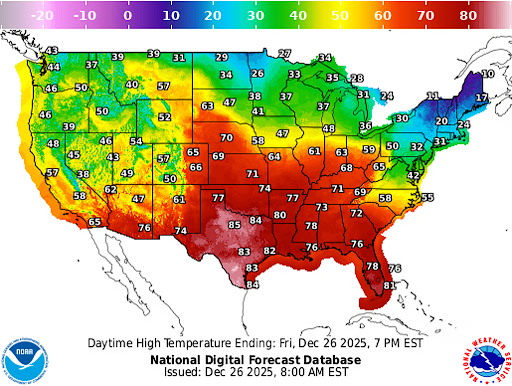
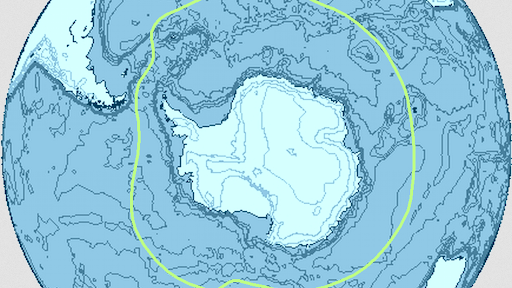
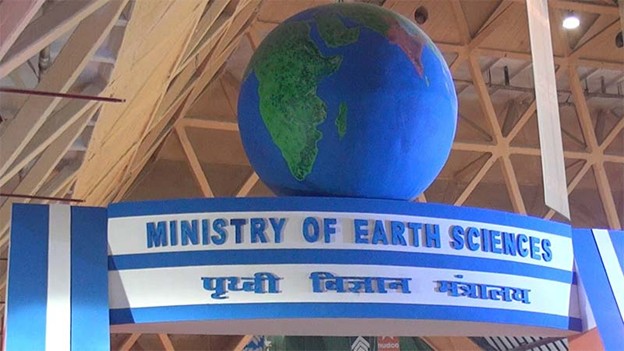
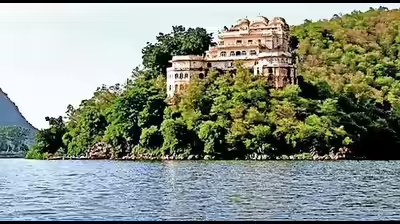

© 2026 iasgyan. All right reserved